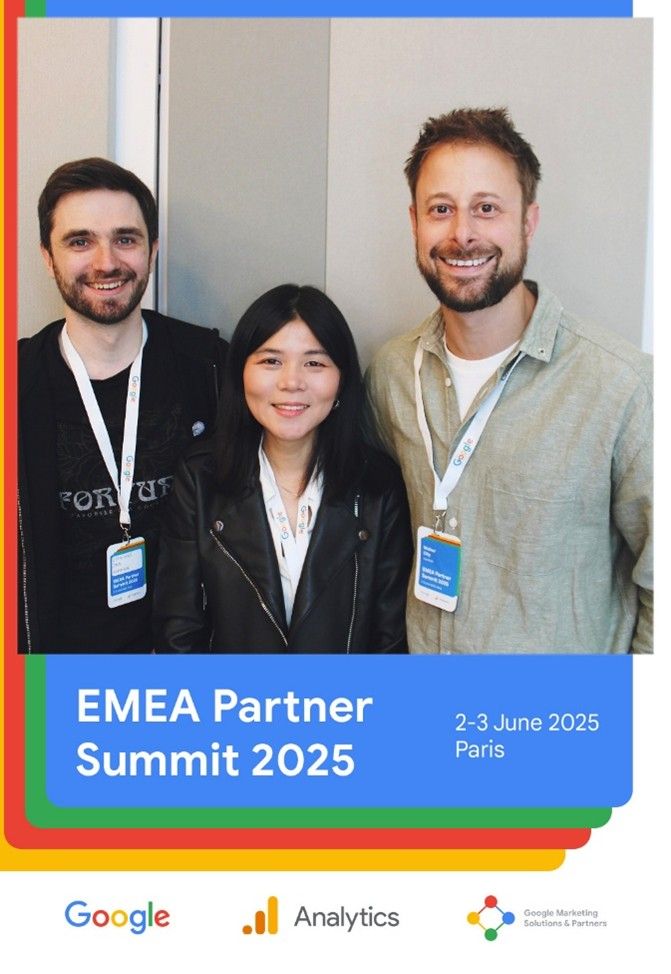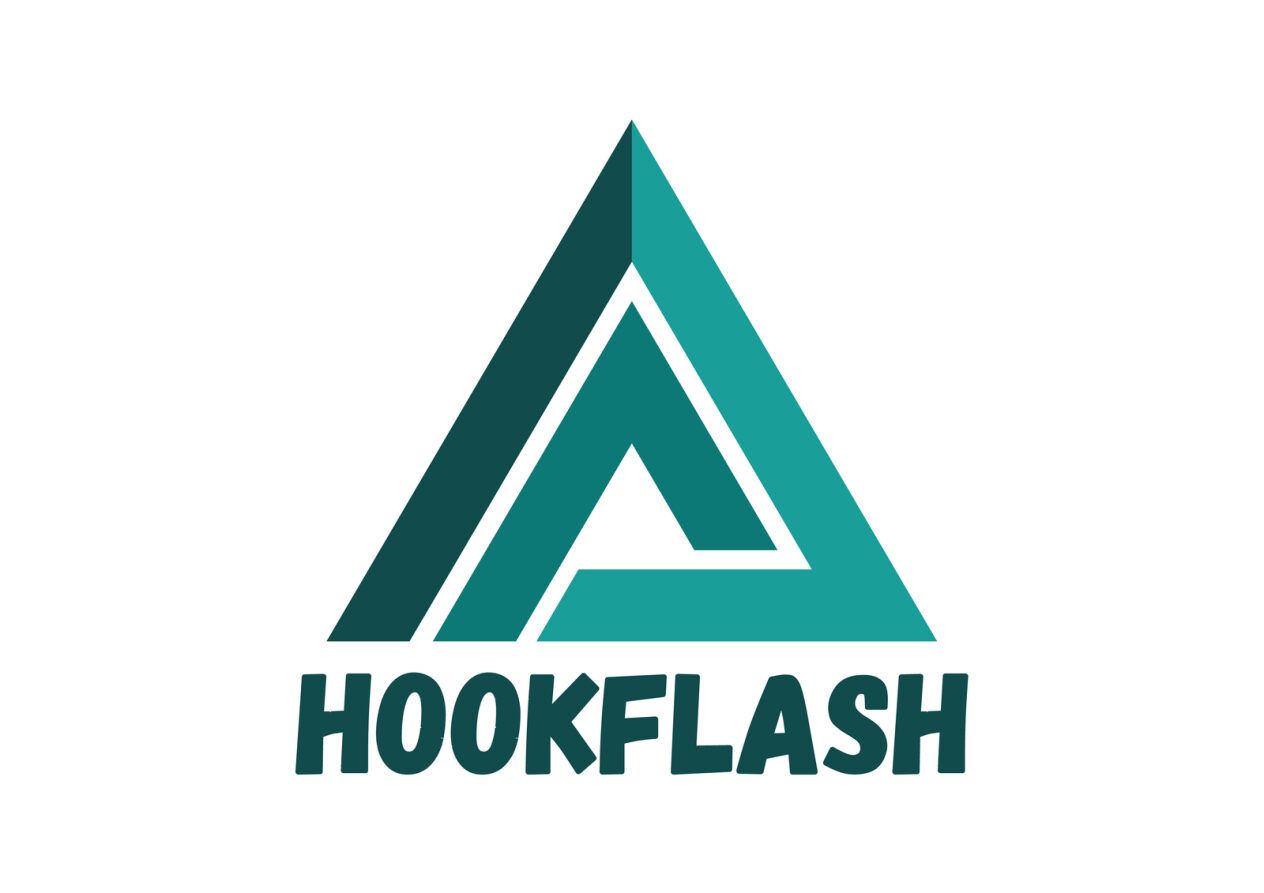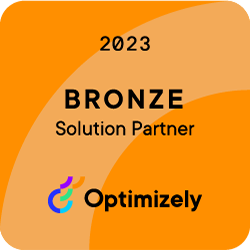What's the future of Google Analytics?
Oliver Walker | 14 July 2025
Hookflash recently spent a couple of days in Paris, at the Google Analytics summit. It was eye-opening, inspiring and a great opportunity to liaise directly with Product Managers and UX Designers on what the future of GA4 looks like. Here we breakdown where Google Analytics is heading – whilst respecting the confidentiality of the event!

Forget data collection, it’s all about insights
Let’s start with the obvious phrase. AI. There was a LOT less talk about AI than we anticipated, although there was a whole section focused on where AI will show up in the interface. And whilst some of that is publicly available now – like the Insights feature or Benchmarking – others are yet to be unveiled. The one thread that the majority of these features have in common though: it’s all about making insights more accessible from the interface.
There was a lot of conversation when GA4 was first launched around the fact that it was predominantly a data collection tool - no good for insights and analysis. Well, with the announcements Google made, it’s the firmest statement yet that they don’t believe that to be true. Their goal is for GA to the best, easiest and most fun place to get data from.
The Hookflash view: It’s great to hear that the team running GA acknowledge that it needs to be easier to use, and interpret data. A lot of the new features outlined will be designed for the long-tail of smaller-to-medium enterprises who use it, but will also help more experienced teams with a nudge in the right direction. Some of the most extreme routes suggested were very…interesting, but sadly we can’t share too much due to NDAs!
Marketing optimisation sits at the heart of GA
The second observation when GA4 first came out was that Google was leaning further and further into the world of product analytics, with its event-scoped nature and 25 parameters with each event. But at this summit, the focus on Google Analytics as the tool for marketing optimisation was VERY clear.
Google has long had data-driven attribution, and attribution models in general. However, they’ve faced criticism for not being comprehensive enough, as well as not being directionally actionable. Again, Google has recently announced two tools that push up against the second point:
- Projections report – that shows projected campaign performance across channels at the current spend levels
- Scenario planner – allowing brands to create highly effective media plans through playing around with cross-channel budget allocation
And the major theme of this summit was that Google’s primary purpose is to help drive more efficient media ROI, specifically through the lens of smarter media budget allocation and strategic deployment of GA4 audiences.
The Hookflash view: This was certainly the second big theme from the partner summit and presents an interesting position for Google to balance. That is, either their reports recommend an increase in spend in Google’s channels, in which case, it’s plausible that many advertisers will be hesitant to lean into (the traditional "marking your own homework" riposte). Alternatively, the tool almost deliberately doesn’t recommend an increase in spend in Google’s channels to show how impartial it is – more likely to drive adoption but ironically, not good for Google. Fascinating to see the tools in action, and how this plays out!
Google is really leaning in, to minimise data gaps
We all know about the challenge of data loss in the era of ITP, cookie consent banners, ad blockers and more. And Google Analytics has previously recommended different solutions to tackle some of this, most notable being Advanced Consent Mode, which allows you to track users who don’t consent to cookies via “cookieless pings”, which Google models into sessions and users. But there was a heavy focus on “data completeness”, as well as better in-platform messaging to notify you where data may be impacted.
For example, Google Tag Gateway, Automated Data Completeness (or “Aggregate Identifiers”) and better labelling of why a report is perhaps not as complete as it could be, including system-generated annotations.
The Hookflash view: it was refreshing to hear the Google Analytics leadership team acknowledge the challenges that comes with incomplete data or ambiguous in-platform labelling and the steps previously announced will help to make the data more accurate, and better understood.
There’s a journey for many brands to go on in order to future-proof their web and media measurement, but there’s clear benefits to these improvements. We expect the proportion of brands that are utilising these more “advanced” measurement solutions to dramatically increase as awareness of them rises.
Summary
Google Analytics Partner Summits are always fun. I was there the year Nick Mihailovski announced he’d built something called “Data Studio” in his spare time, asking attendees, "was it worth continuing?". I was there when Google announced the dramatic release of a cohort of tools that would make up the “360 Suite” (pour a little out for Audience Centre, Attribution and Optimize 360). And whilst this edition was perhaps a little less noteworthy in the flagship products announced, it was a clear indication of the passion and dedication that the Google Analytics team has for making their product their best, most used and easiest to use analytics tool out there.
And anyway, even if Google HAD announced an amazing, ground-breaking new tool….we couldn’t share it here because of NDA anyway, right?
Want to have a chat?
Chat through our services with our team today and find out how we can help.






